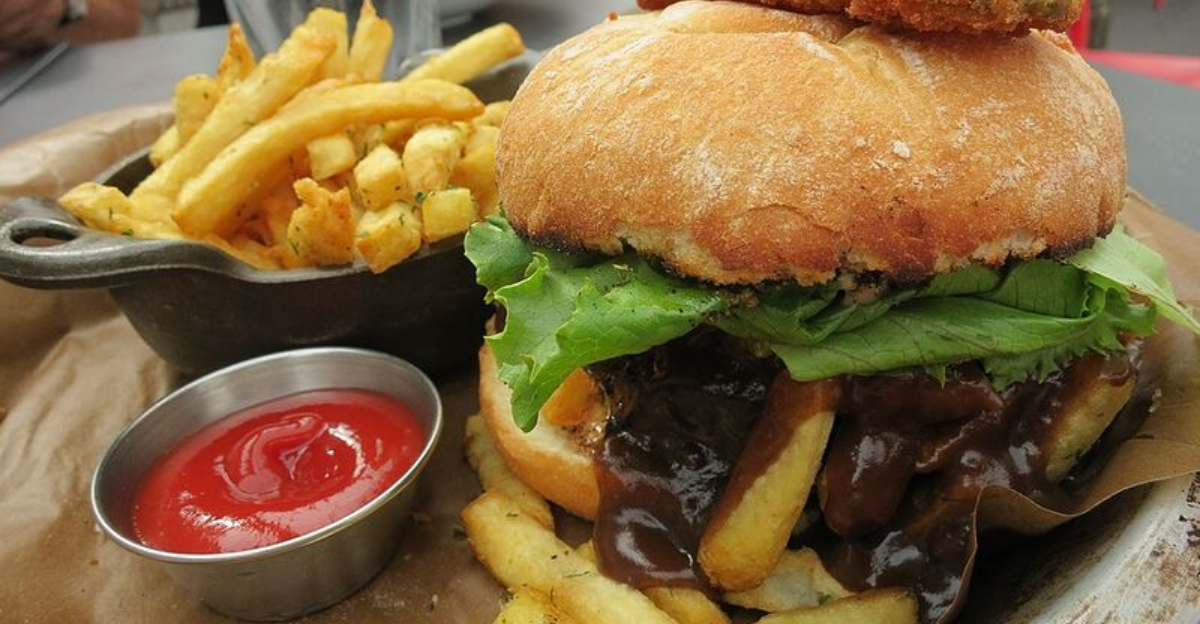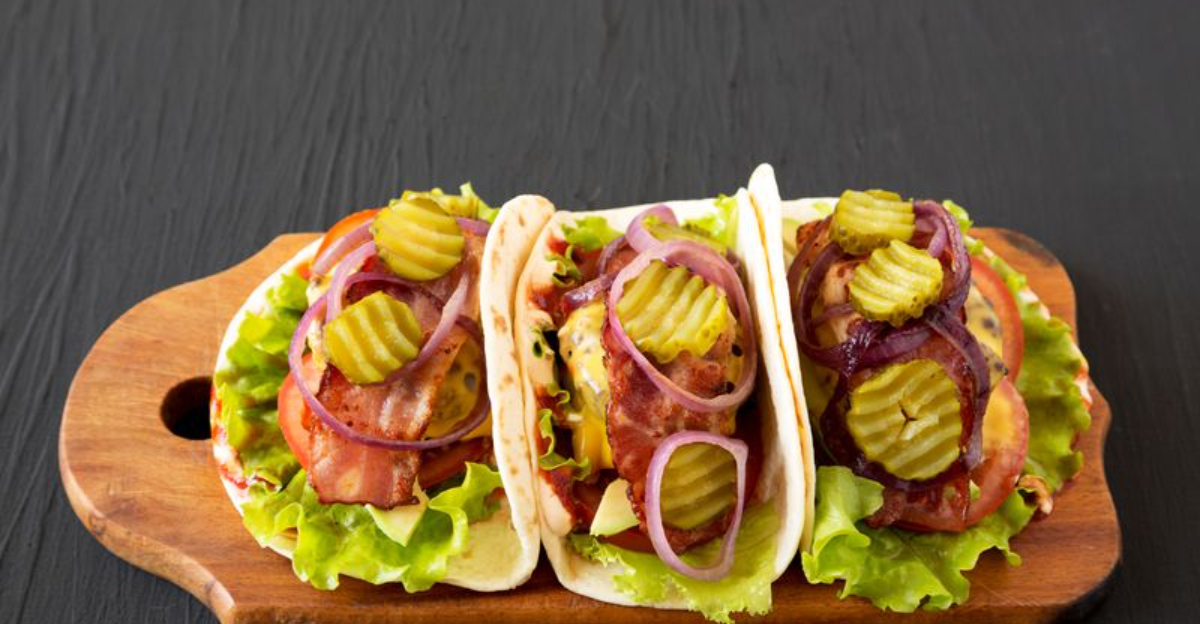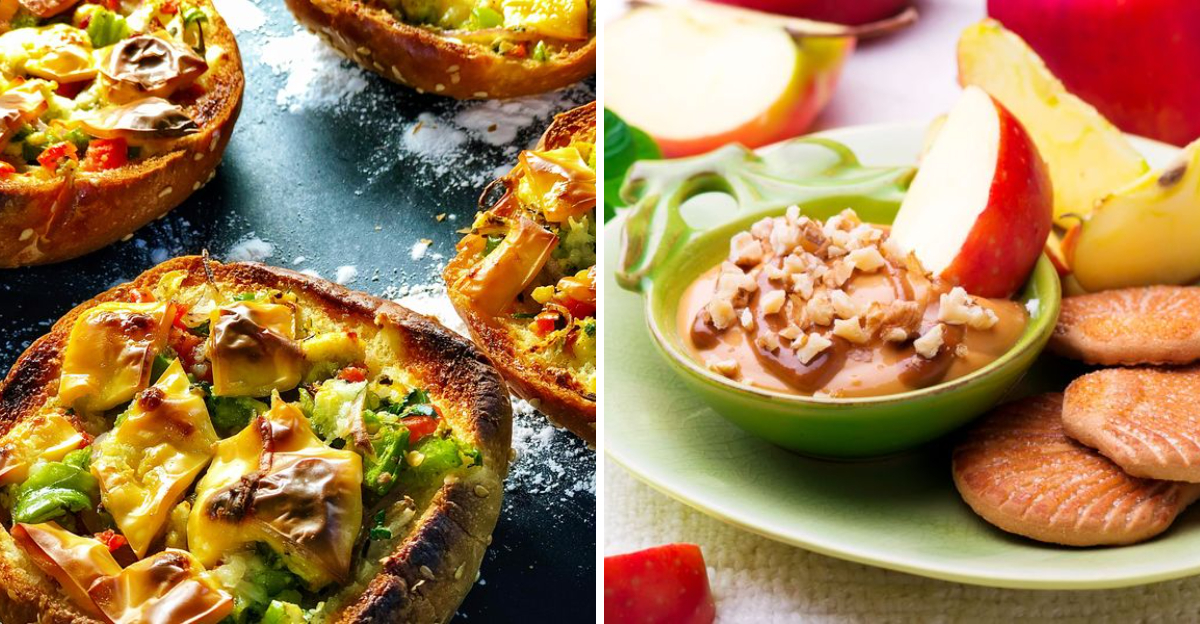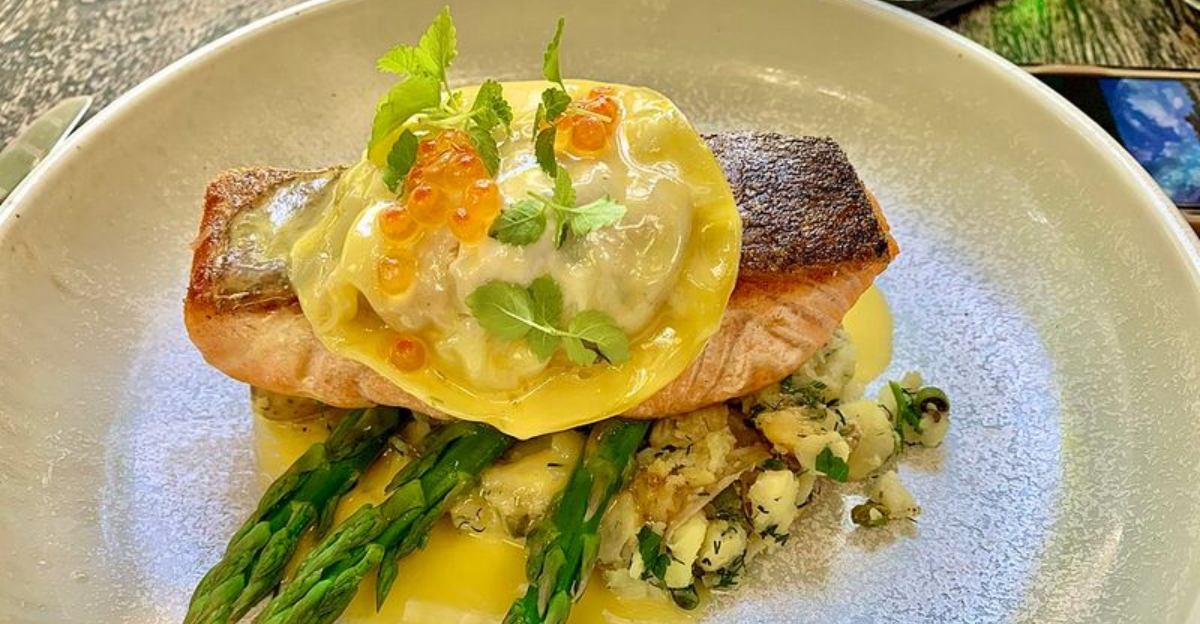17 Everyday Kitchen Mistakes That Can Throw Off Your Cooking Game
Ever wonder why your home-cooked meals don’t quite hit the mark like restaurant dishes?
The culprit might not be your ingredients or recipes, but rather sneaky little habits you’ve picked up along the way. Small kitchen mistakes can seriously mess with flavors, textures, and cooking times.
Are you ready to level up your cooking skills and avoid these common pitfalls? Let’s get going!
1. Not Reading The Whole Recipe Before Starting
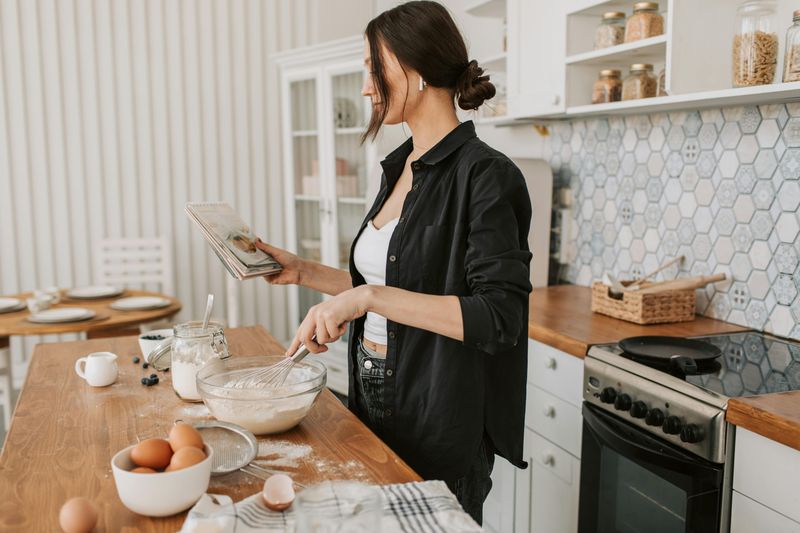
Picture this: you’re halfway through making dinner when you realize the dough needs to chill for two hours. Yikes! Skipping that initial read-through is like jumping into a pool without checking the depth first.
You might miss crucial steps, realize you’re missing key ingredients, or discover the dish takes way longer than expected.
Save yourself the stress and scan that recipe top to bottom before you even preheat the oven.
2. Using Dull Knives
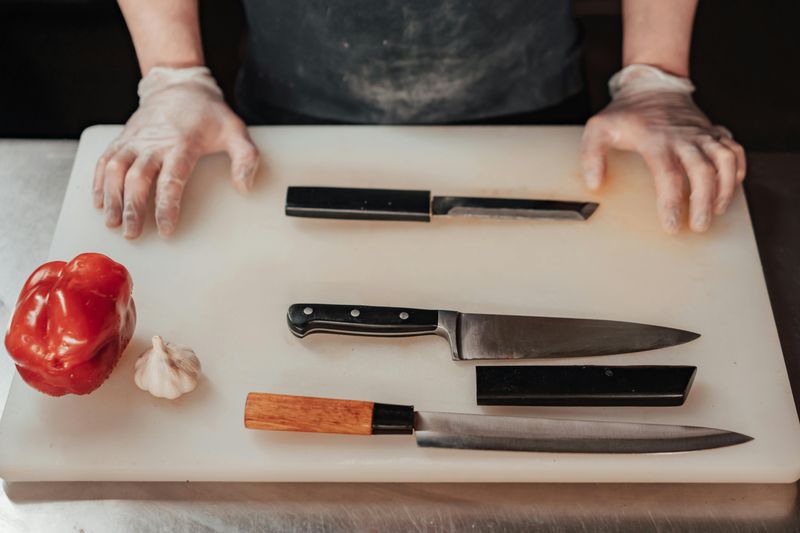
Ironically, dull knives are way more dangerous than sharp ones because they slip and require extra force. Plus, they absolutely butcher your ingredients – literally crushing tomatoes instead of slicing them cleanly.
Your prep work takes forever, and everything looks messy and uneven.
Grab a knife sharpener or get those blades professionally honed. Your fingers and your food will thank you big time!
3. Overcrowding The Pan
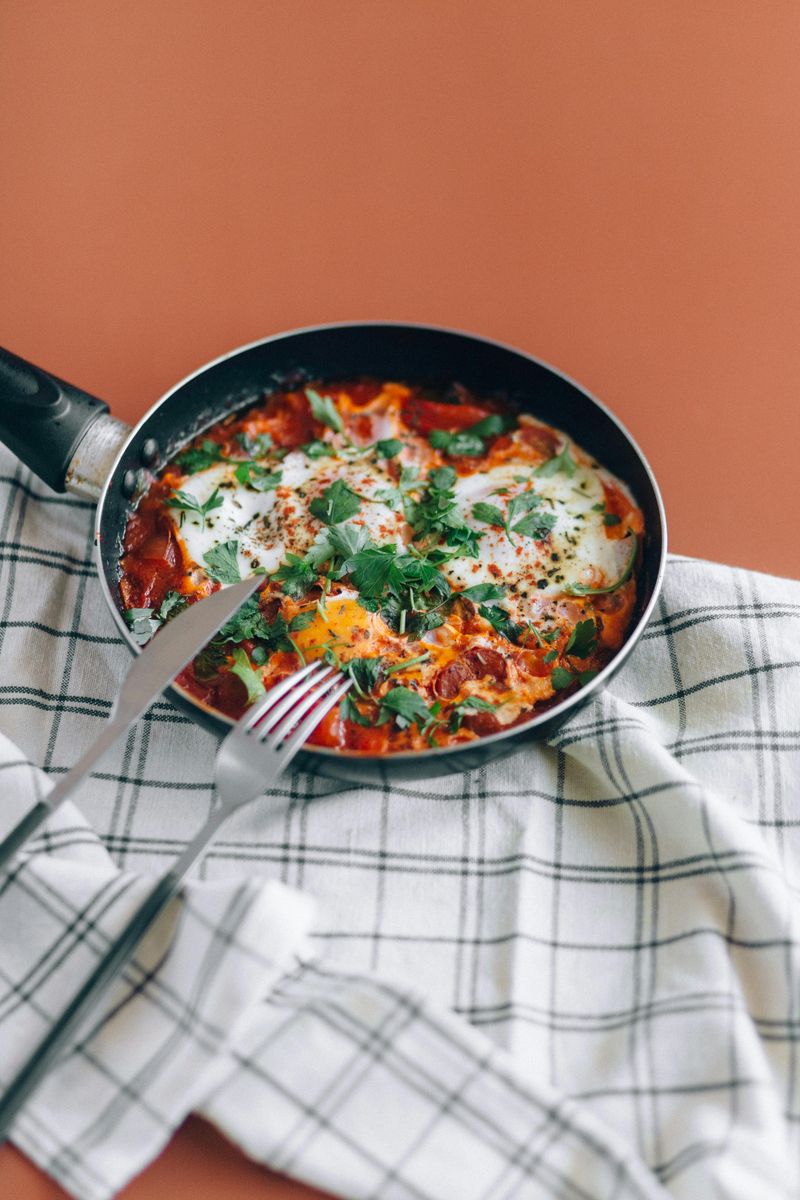
When you cram too much food into one pan, you’re basically creating a steam room instead of a searing station. The temperature drops instantly, moisture gets trapped, and everything ends up pale and soggy.
Want that gorgeous golden crust on your chicken or veggies? Give each piece some breathing room. Cook in batches if needed – patience pays off with way better flavor and texture every single time.
4. Not Preheating The Pan Or Oven
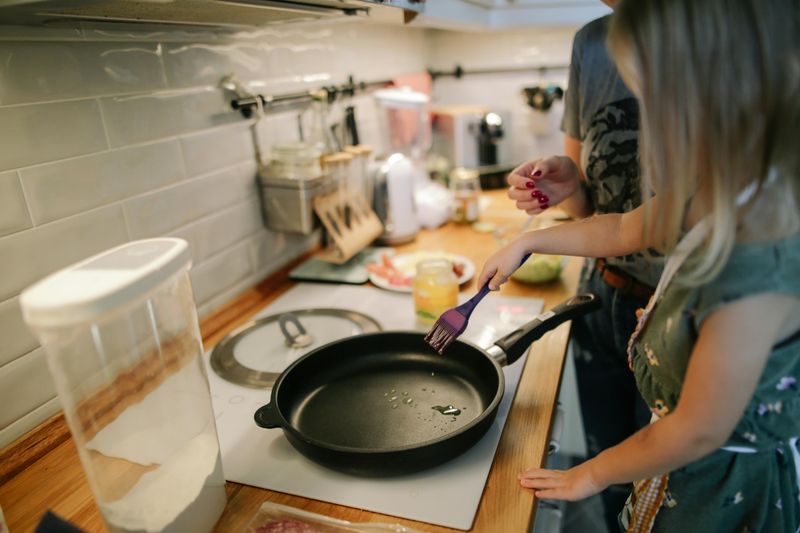
Tossing food into a cold pan is like trying to tan in the shade – it just doesn’t work. Your ingredients will stick, cook unevenly, and absorb way too much oil while they wait for the heat to kick in.
Preheating ensures proper searing, better texture, and those beautiful caramelized bits. Give your pan or oven a solid five to ten minutes to reach the right temperature before anything goes in.
5. Adding Cold Ingredients To Hot Pans
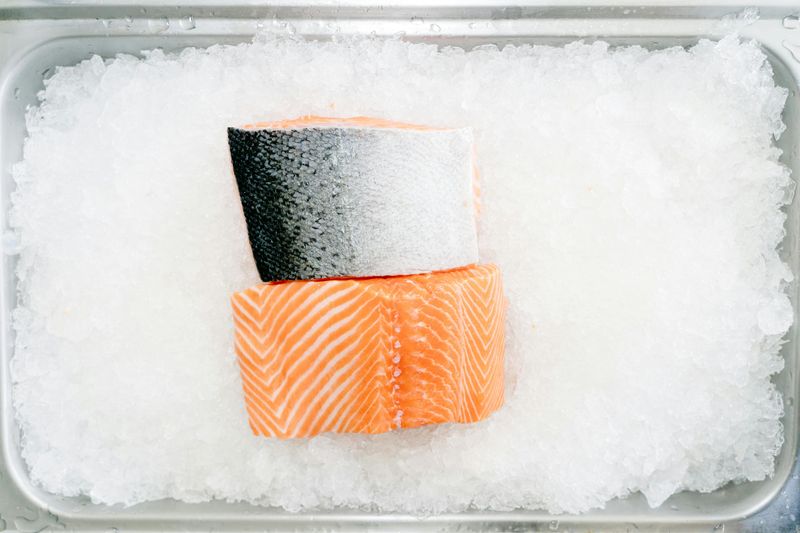
Here’s a pro tip that’ll change your life: let your ingredients come to room temperature first. When freezing-cold meat hits a screaming-hot pan, the outside chars while the inside stays raw and sad.
The sudden temperature drop also messes with your cooking times and makes everything stick. Room temp ingredients cook more evenly and develop better flavor, so plan ahead and let things warm up naturally.
6. Under-Seasoning Food
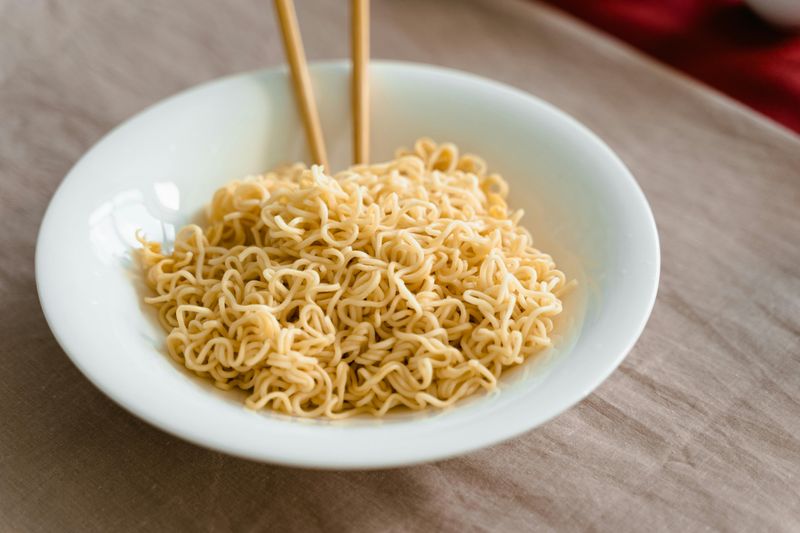
Bland food is basically a culinary crime, yet so many home cooks are scared of the salt shaker. Proper seasoning doesn’t mean drowning everything in sodium – it means bringing out the natural flavors already hiding in your ingredients.
Season at different stages of cooking, not just at the end. Layers of seasoning throughout the process create depth and complexity that transforms boring dishes into crave-worthy meals worth remembering.
7. Over-Seasoning Too Early
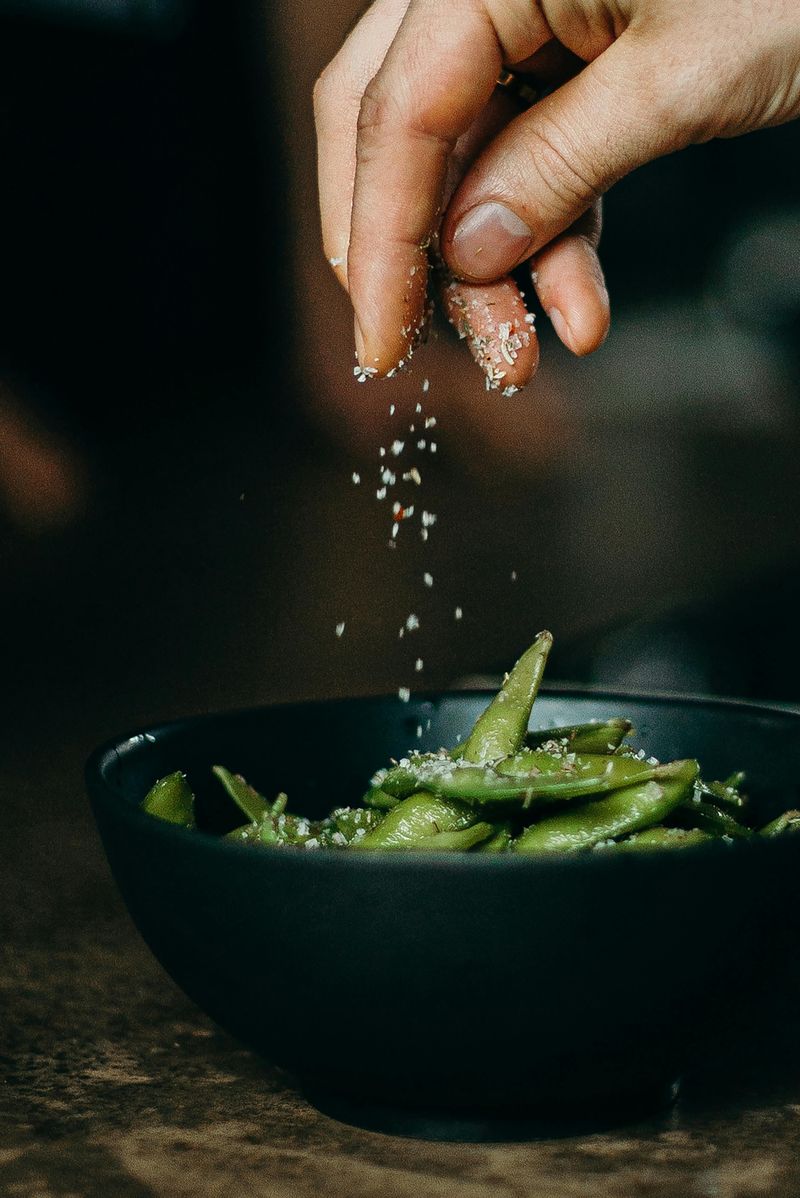
On the flip side, dumping all your salt in at the beginning can backfire spectacularly. As liquids reduce and flavors concentrate, that perfectly seasoned sauce can morph into a sodium bomb.
This is especially true for dishes that simmer for hours or get reduced significantly. Start with less seasoning than you think you need, then adjust gradually as you go. You can always add more, but you can’t take it back!
8. Not Tasting As You Cook
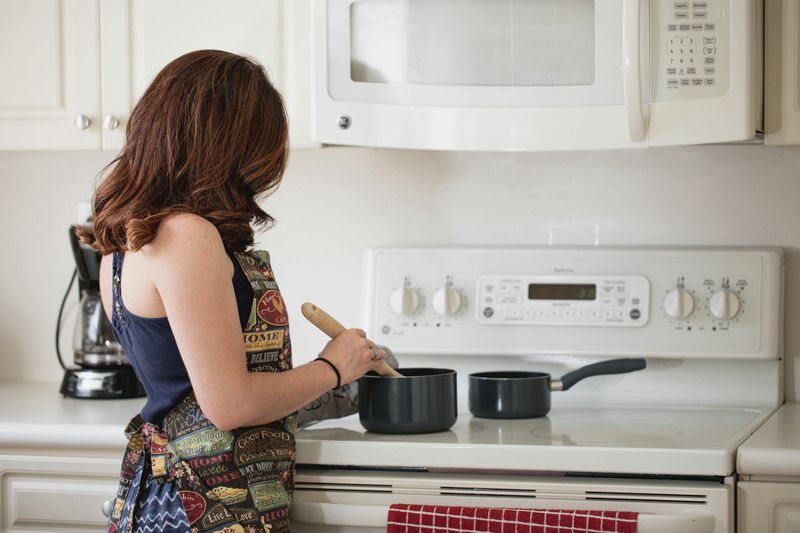
Your taste buds are literally the best cooking tool you own, so why aren’t you using them? Waiting until the food hits the table to discover it needs more garlic or acid is a rookie move.
Professional chefs constantly taste and adjust throughout the cooking process. Keep a spoon nearby and sample frequently – it’s the difference between just okay meals and dishes that make people ask for seconds and thirds every time.
9. Overcooking Food
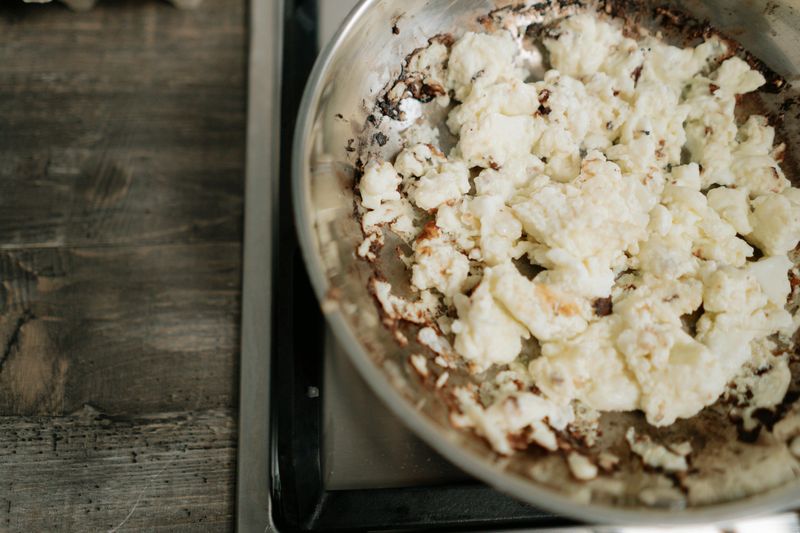
Nothing kills dinner vibes faster than rubber chicken or hockey-puck burgers. Overcooking zaps moisture, toughens proteins, and turns vibrant veggies into mushy disappointments.
Invest in a meat thermometer and actually use it – guessing is for amateurs. Remember that carryover cooking continues after you remove food from heat, so pull things off a few degrees before your target temp. Juicy, tender results are worth the extra attention and care!
10. Undercooking Food
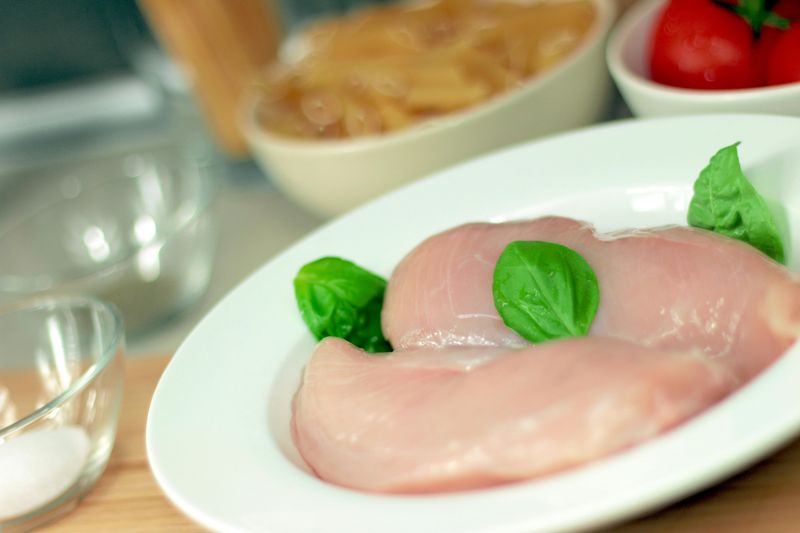
While rare steak is delicious, raw chicken definitely isn’t. Undercooking can be legitimately dangerous with certain proteins, plus nobody enjoys biting into crunchy rice or rock-hard potatoes.
Learn the proper internal temperatures for different foods and don’t rush the process. Some dishes genuinely need time to develop flavors and reach safe temperatures.
Patience in the kitchen prevents both foodborne illness and seriously disappointing meals that nobody wants to eat.
11. Not Letting Meat Rest Before Cutting
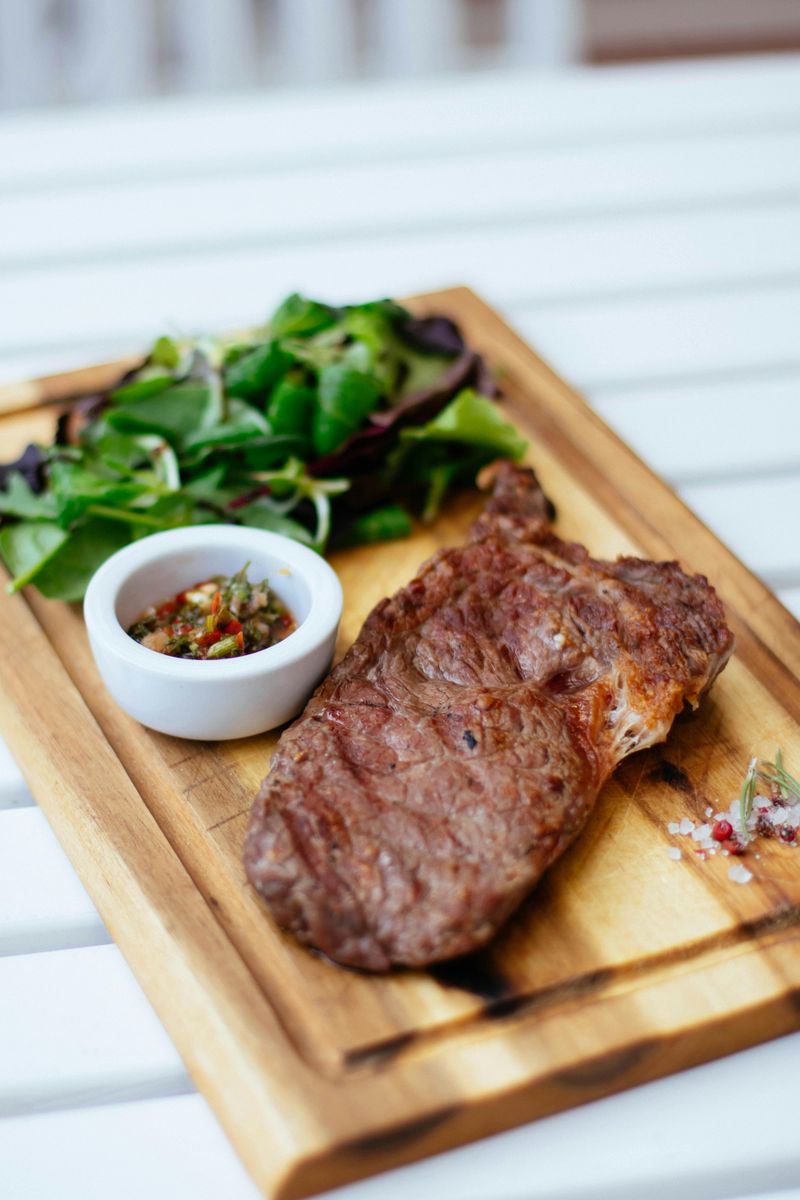
Slicing into meat straight off the heat is like opening a water balloon – all those precious juices run everywhere except where you want them. Those flavorful liquids end up pooling on your cutting board instead of staying in the meat.
Give your protein five to ten minutes of rest time. The juices redistribute throughout, resulting in tender, moist bites instead of dry disappointment. Cover loosely with foil if you’re worried about it getting cold.
12. Using The Wrong Size Pot Or Pan
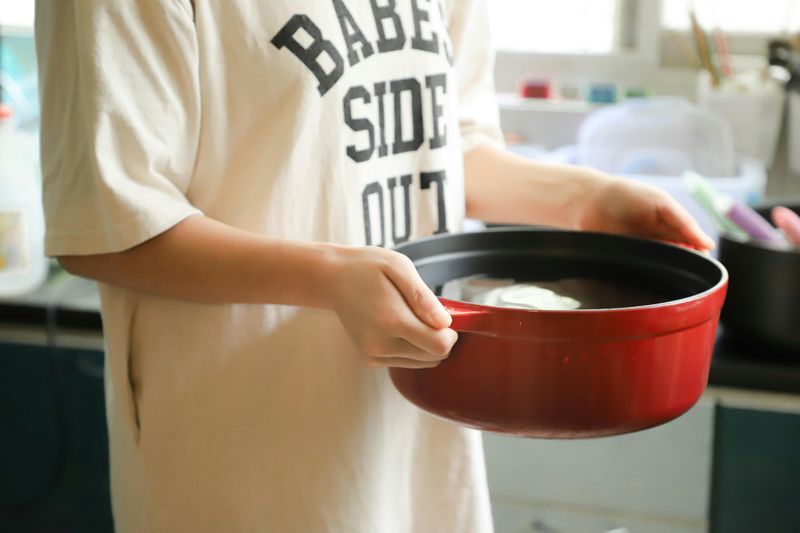
Size absolutely matters when it comes to cookware. A huge pan for a small amount of food causes rapid evaporation and burning, while cramming too much into a tiny pot leads to uneven cooking and overflow disasters.
Match your vessel to your volume. Sauces need enough surface area to reduce properly, while braises need snug pots to keep ingredients submerged. The right size makes everything cook better and easier.
13. Ignoring Cooking Time Adjustments
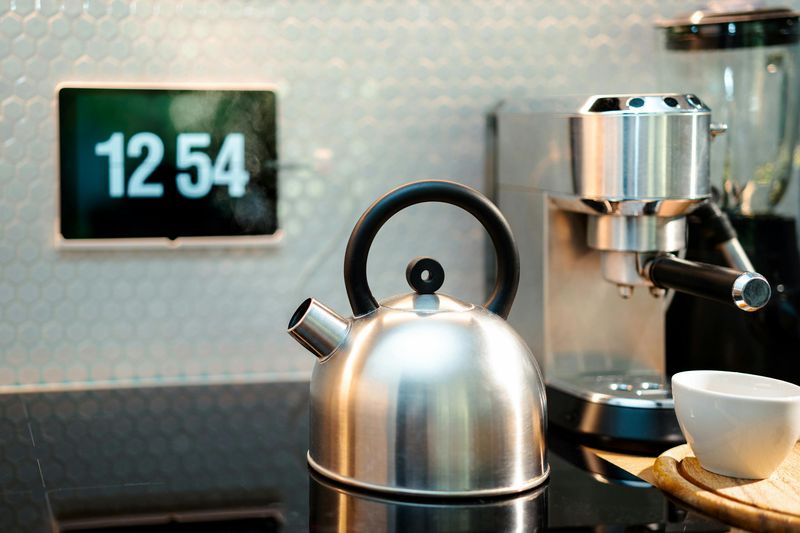
Recipe says twenty minutes, but your chicken breast is twice as thick as the one in the photo. Following times blindly without adjusting for size, quantity, or your specific equipment is asking for trouble.
Thicker cuts need longer, doubled recipes need more time, and every oven has its own personality. Use suggested times as guidelines, not gospel. Pay attention to visual cues and actual doneness rather than just watching the clock tick away.
14. Relying Only On Timers
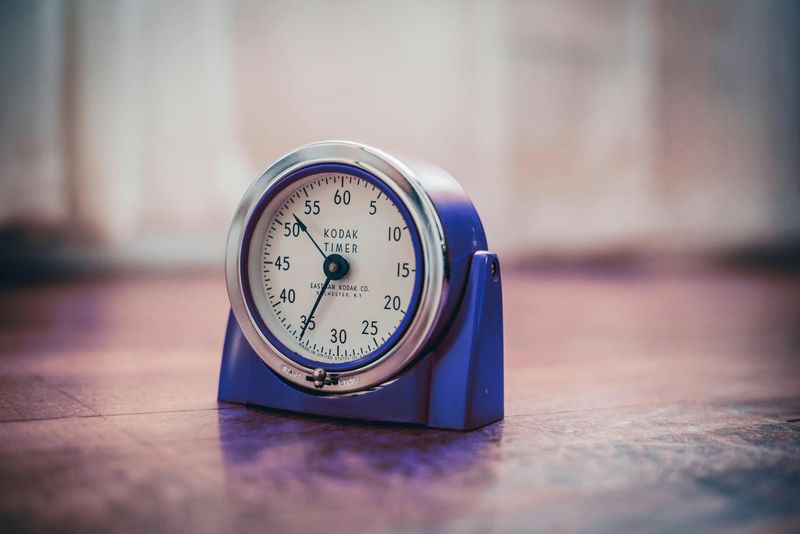
Timers are helpful, not infallible. Your stove might run hotter, your pan might be thicker, or your ingredient size might differ from the recipe – variables galore!
Use timers as reminders to check your food, not as the final word on doneness. Look for visual cues like browning, bubbling, or texture changes.
Smell and sound matter too. Engaged cooking beats blind timer-following every single time for better, tastier results you’ll actually want to eat.
15. Not Draining Or Drying Ingredients
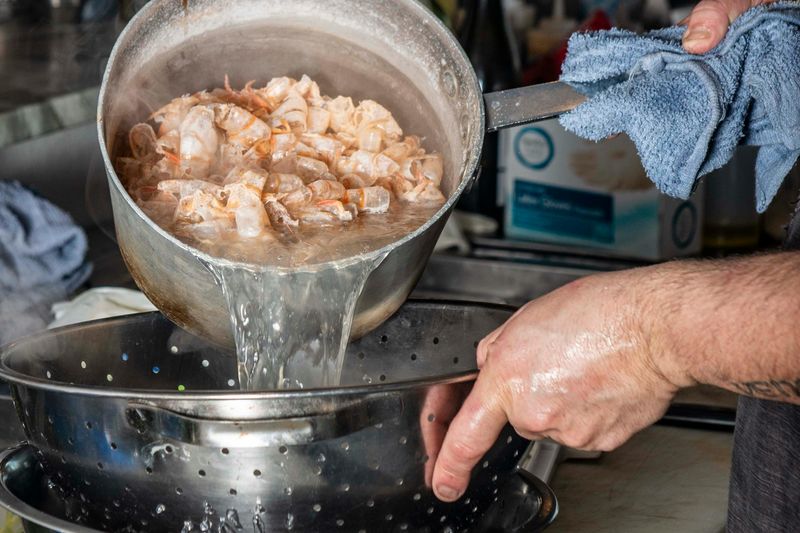
Water and hot oil are mortal enemies, and excess moisture prevents proper browning and caramelization. Tossing soaking-wet veggies into a stir-fry creates a steam bath instead of that coveted crispy texture.
Pat ingredients dry with paper towels or use a salad spinner for greens. Drain canned items thoroughly and even let them air-dry briefly if possible.
Dry surfaces sear beautifully, absorb marinades better, and won’t cause scary oil splatters everywhere.
16. Leaving Food Unattended
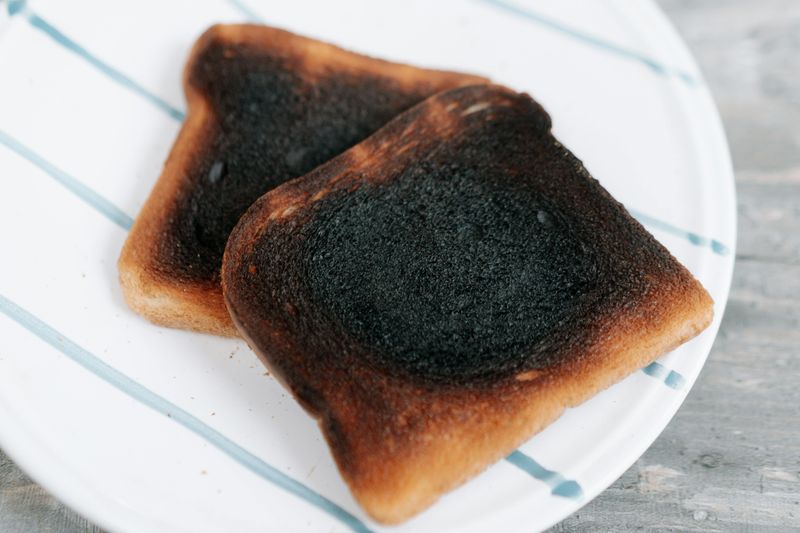
Multitasking sounds efficient until you smell smoke and remember the onions you left caramelizing fifteen minutes ago. Cooking demands attention – things can go from perfect to ruined in seconds.
Sure, some dishes allow brief breaks, but active cooking requires presence. Stay in the kitchen, set reminders if you must step away, and keep an eye on your food.
Burned meals and potential fire hazards simply aren’t worth answering that text or scrolling through social media feeds.
17. Improper Ingredient Storage
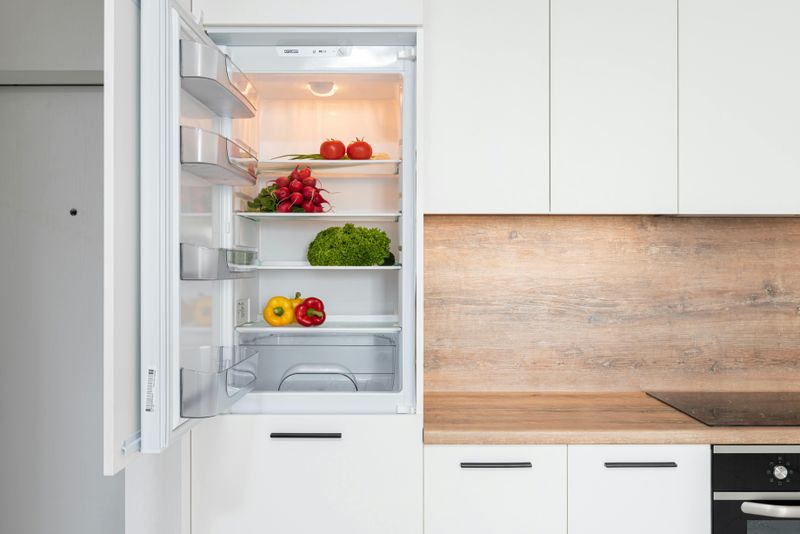
Storing tomatoes in the fridge kills their flavor and texture, while keeping potatoes near onions makes them sprout faster. How you store ingredients directly impacts their quality and your final dish.
Learn the quirks: herbs in water like flowers, onions and garlic in cool dark places, most fruits at room temperature until ripe.
Proper storage extends freshness, preserves flavor, and saves money by reducing waste. Your ingredients deserve better than random fridge placement!

